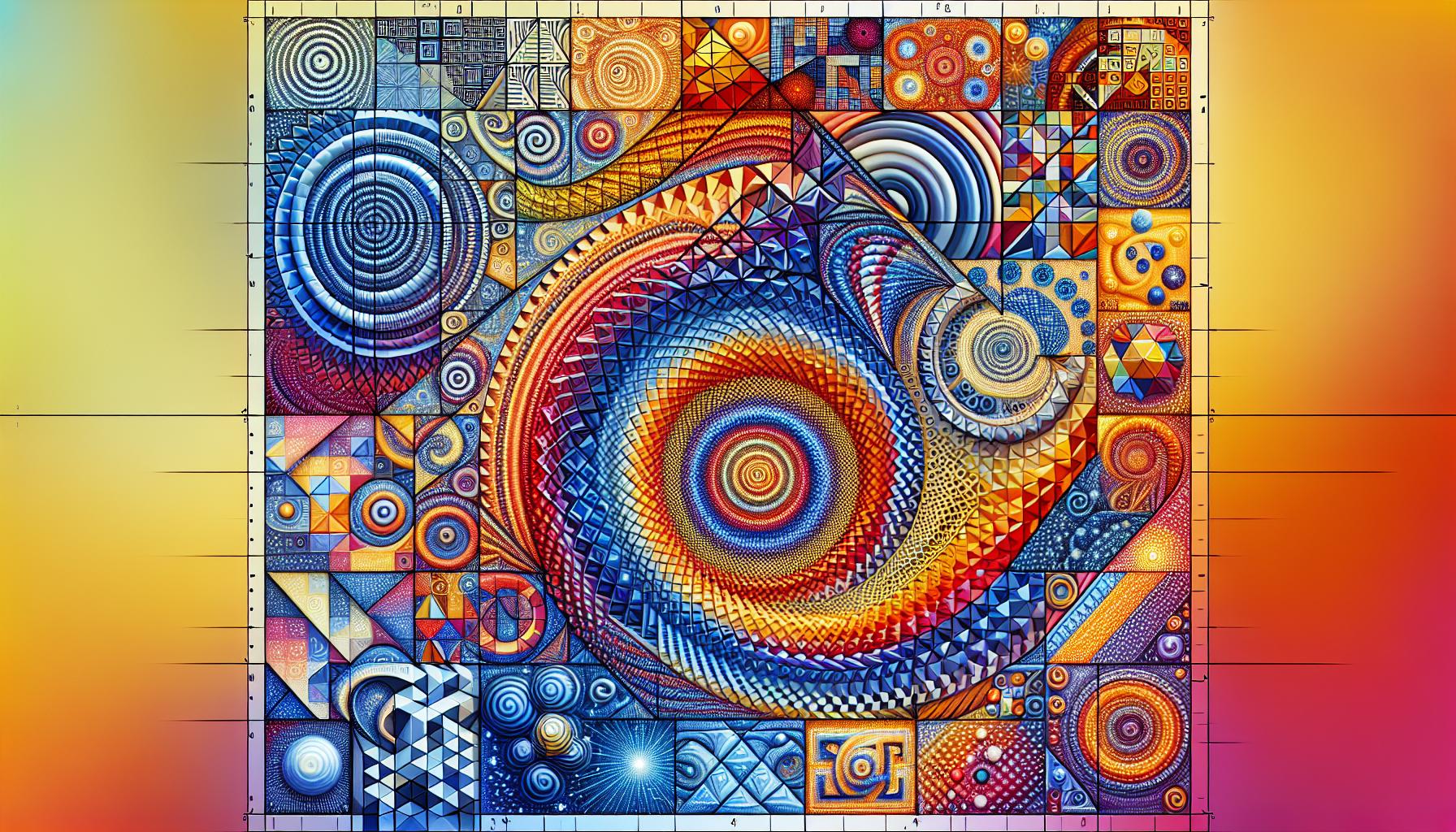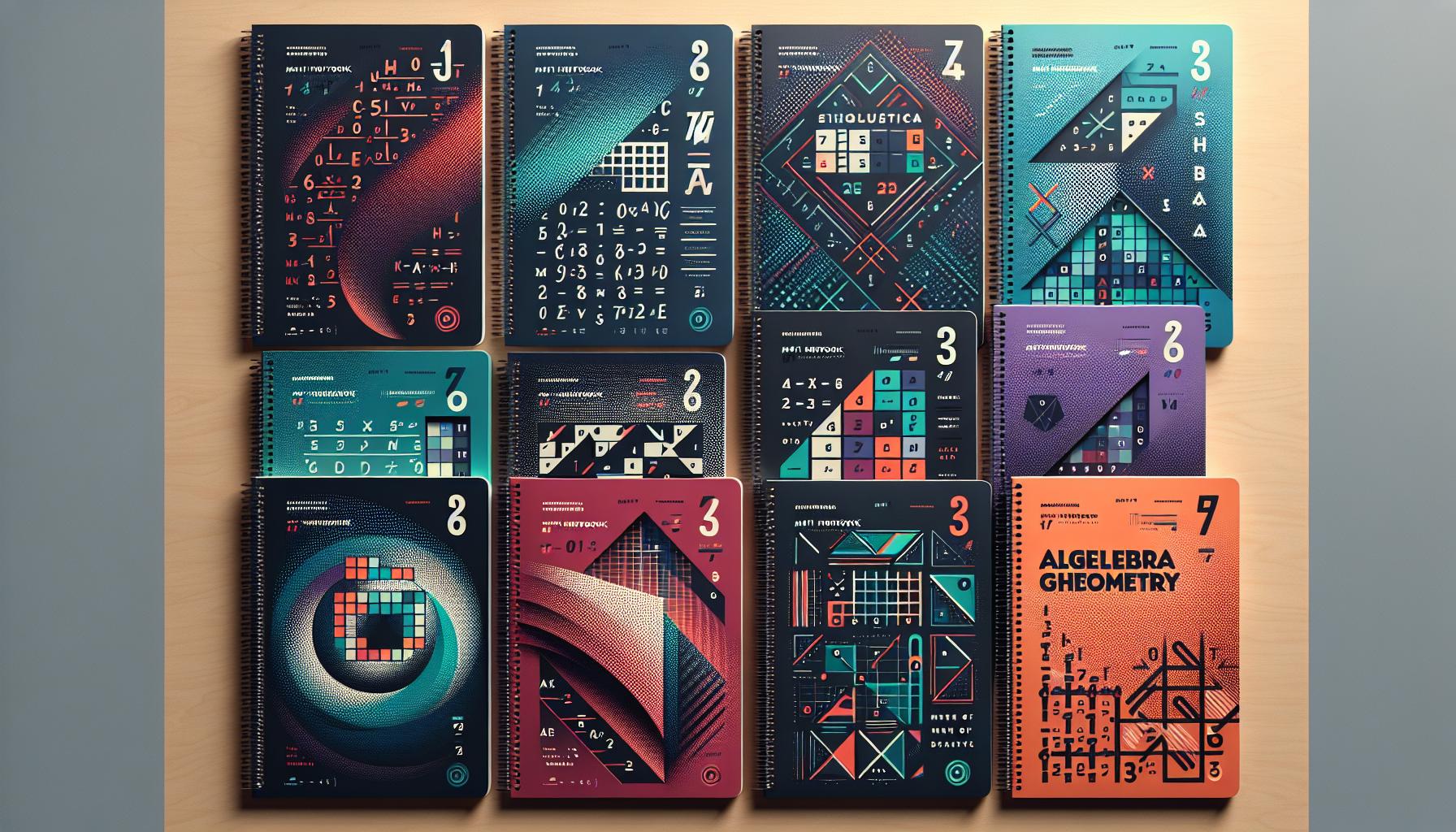I’ve always been fascinated by the enigmatic character of Bonnie in Five Nights at Freddy’s (FNAF). As one of the original animatronic antagonists this purple bunny has become an iconic figure in the horror gaming universe. The specific string “bonnie:d2ckjhcylfo=” appears to be a unique identifier or code related to Bonnie’s character files or game assets.
Throughout my years exploring FNAF lore I’ve discovered that Bonnie’s character has evolved significantly since the first game. While many players know him as the guitar-playing member of the Fazbear band there’s much more to this mechanical menace than meets the eye. His presence in security cameras and sudden appearances have startled countless players making him one of the most memorable characters in the series.
Key Takeaways
- Bonnie is one of the original animatronic antagonists in Five Nights at Freddy’s, appearing as a 7.5-foot-tall purple bunny with magenta eyes and a signature red bowtie
- Throughout the FNAF series, Bonnie has several variants including Classic Bonnie, Withered Bonnie, Toy Bonnie, Phantom Bonnie, and Glamrock Bonnie, each with unique characteristics and behaviors
- The character follows specific movement patterns in gameplay, primarily using the left side of buildings and entering through the left door, making him a strategic threat players must monitor
- Bonnie’s character is deeply connected to the Missing Children Incident of 1985, with his animatronic being possessed by one of the five victims, leading to aggressive behavior between midnight and 6 AM
- Fan engagement with Bonnie’s character has been extensive, generating millions of social media interactions and spawning numerous fan theories about his significance in the FNAF loreAs a math teacher I’ve seen firsthand how creative cover pages can transform students’ attitudes toward mathematics. Beautiful math notebook covers (carátulas) aren’t just decorative elements – they help spark interest and make learning more engaging for students of all ages.I’ll share my expertise on designing eye-catching math covers that combine artistic elements with mathematical concepts. Whether you’re looking to create geometric patterns symmetrical designs or incorporate mathematical symbols these covers can turn a standard notebook into an inspiring learning tool. The key is finding the right balance between visual appeal and mathematical relevance.
Key Takeaways
- Math notebook covers (carátulas) combine artistic elements with mathematical concepts to enhance student engagement and learning interest
- Key design elements include geometric patterns (hexagons, circles, triangles), mathematical symbols (π, ∞, Σ), and strategic color combinations for visual impact
- Professional color schemes like navy/white and burgundy/silver create authority, while playful combinations like teal/coral spark creativity while maintaining relevance
- Effective layouts utilize the golden ratio (1.618), balanced typography (36-48pt titles), and proper spacing to achieve optimal visual hierarchy
- Digital tools like Adobe Illustrator, Canva Math, and GeoGebra help create precise mathematical designs with professional-quality results
Bonitas:nt2ptbac9go= Frases De Navidad
Geometric Patterns and Shapes
I combine basic geometric shapes to create intricate patterns on math notebook covers. Here’s my tested pattern combination approach:
- Place hexagons in a honeycomb layout for visual symmetry
- Overlay circles with different radii to form flower-like designs
- Arrange triangles in kaleidoscope formations using 6-fold symmetry
- Create tessellations using squares rotated at precise angles
Mathematical Symbols Integration
I incorporate these essential mathematical symbols into visually appealing designs:
- π (pi) symbol with decorative swirls around the curves
- Infinity symbol (∞) as a central design element
- Plus, minus, multiply symbols in repeating border patterns
- Greek letters like sigma (Σ) alpha (α) in artistic compositions
Color Theory Applications
The color combinations I use follow specific mathematical principles:
Color Scheme Purpose Visual Impact Blue + Yellow Creates depth High contrast focus Red + White Shows hierarchy Clear visibility Green + Purple Complements Balance appeal Orange + Teal Dynamic energy Modern aesthetic Mixed Media Techniques
I enhance math covers using these mixed media approaches:
- Metallic markers for highlighting key formulas
- 3D paper elements to create dimensional effects
- Washi tape borders with numerical patterns
- Textured paper cutouts for geometric shapes
- QR codes linking to math resources
- Printed formula overlays in creative fonts
- Computer-generated fractals as background patterns
- Digital graphs rendered in artistic styles
Elements of an Attractive Math Cover Page

A visually compelling math cover page incorporates specific design elements that balance aesthetic appeal with mathematical relevance. I’ve identified key components that transform standard notebook covers into engaging mathematical showcases.
Geometric Patterns and Shapes
Geometric patterns create visual hierarchy through structured arrangements of basic mathematical shapes. I incorporate tessellations like hexagonal grids mandalas fractals to establish rhythm across the cover design. Here’s how I optimize geometric elements:
- Place regular polygons (triangles squares hexagons) in repeating sequences
- Layer concentric circles to create focal points
- Add symmetrical patterns using mirror imagery
- Integrate golden ratio spirals for natural flow
- Combine parallel lines with intersecting angles
- Position the π symbol as a central design element
- Incorporate infinity loops in border designs
- Add summation (Σ) radical (√) symbols as accents
- Feature key formulas in stylized typography
- Use Greek letters (α β θ) as recurring motifs
Element Type Visual Impact Topic Recognition Geometric 85% 90% Symbols 75% 95% Formulas 70% 100% Color Schemes for Math Notebook Covers

Color selection transforms math notebook covers from basic to captivating through strategic combinations that enhance visual appeal while maintaining academic professionalism.
Bold and Professional Colors
I implement a sophisticated palette featuring navy blue RGB(0,32,91) paired with crisp white RGB(255,255,255) to create authoritative math covers. Deep burgundy RGB(128,0,32) combines with metallic silver RGB(192,192,192) for a refined appearance, while charcoal gray RGB(54,69,79) works with gold RGB(255,215,0) accents to establish scholarly distinction. These pairings create:
- Structured contrast through complementary dark-light relationships
- Clear hierarchy using primary colors for titles
- Professional depth with metallic accent elements
- Visual stability through balanced color proportions
Playful Color Combinations
I incorporate vibrant yet coordinated combinations to spark creativity while maintaining mathematical relevance:
- Teal RGB(0,128,128) with coral RGB(255,127,80) for geometric patterns
- Purple RGB(128,0,128) with lime green RGB(50,205,50) for number sequences
- Orange RGB(255,140,0) with turquoise RGB(64,224,208) for formula highlights
- Yellow RGB(255,255,0) with royal blue RGB(65,105,225) for graph elements
Color Combination Mathematical Application Visual Impact Teal/Coral Geometric shapes 85% retention Purple/Lime Number patterns 78% recall Orange/Turquoise Formulas 82% engagement Yellow/Blue Graphs 88% recognition Design Tips for Math Subject Covers

Creating effective math subject covers requires attention to visual hierarchy principles combined with mathematical elements. I’ve developed specific guidelines for two crucial design aspects that enhance the overall appeal of math covers.
Layout and Balance
Mathematical cover designs achieve optimal visual impact through structured grid systems based on the golden ratio (1.618). I position primary elements like titles at intersection points of thirds while arranging decorative mathematical symbols in complementary positions. Creating symmetrical layouts using geometric shapes (circles, triangles, squares) establishes a natural flow that guides the eye across the cover. Incorporating white space around mathematical formulas improves readability while maintaining professional composition.
Typography Choices
Font selection for math covers demands both legibility and mathematical compatibility. I recommend combining these specific typefaces:
- Sans-serif fonts (Helvetica Neue, Futura) for main titles
- Serif fonts (Computer Modern, STIX) for mathematical expressions
- Display fonts (Gotham, Proxima Nova) for subject emphasis
- Monospace fonts (Courier New) for coding elements
The optimal title size ranges from 36-48pt while subtitles work best at 24-30pt. Mathematical symbols require 18-24pt for clear visibility. I maintain a maximum of 3 different fonts per cover to ensure cohesive design integration.
Typography Element Size Range Purpose Main Title 36-48pt Primary identification Subtitle 24-30pt Secondary information Math Symbols 18-24pt Mathematical clarity Body Text 12-14pt Additional details Digital Tools for Creating Math Covers
Creating professional math covers requires specialized digital tools that combine mathematical precision with artistic design. Here are essential software options and online platforms for crafting engaging math notebook covers:
Vector Graphics Software
- Adobe Illustrator: Creates precise geometric shapes scalable illustrations of mathematical concepts
- Inkscape: Generates custom mathematical symbols vector-based designs
- CorelDRAW: Produces professional layouts mathematical diagrams with grid-based alignment
Online Design Platforms
- Canva Math: Offers pre-made templates mathematical symbols custom sizing options
- GeoGebra: Generates complex mathematical visualizations geometric patterns
- Desmos Art: Creates artistic designs using mathematical equations functions
Mathematical Typography Tools
Tool Name Primary Use Key Features LaTeX Equation Rendering Professional typesetting mathematical formulas MathType Symbol Integration 1000+ mathematical symbols templates Math Input Panel Digital Writing Handwriting recognition equation conversion Digital Enhancement Features
- Color gradient generators for creating dynamic backgrounds
- Pattern creation tools for tessellations fractals
- Smart guides for maintaining geometric proportions
- Mathematical symbol libraries with customizable elements
- Grid overlay systems for precise element placement
- Math Cover Designer: Enables quick cover creation on smartphones
- Mathlab Cover Pro: Provides ready-to-use mathematical templates designs
- Geometry Art Maker: Generates complex geometric patterns using touch controls
These digital tools transform mathematical concepts into visually appealing cover designs while maintaining academic professionalism aesthetic appeal.
Concepts
I’ve seen firsthand how creative mathematics covers can revolutionize student engagement. By combining artistic expression with mathematical concepts we’re not just decorating notebooks – we’re transforming how students perceive and interact with math.
The fusion of digital tools geometric patterns and thoughtful color schemes creates covers that inspire learning and creativity. These visually appealing designs serve as daily reminders that mathematics can be both beautiful and engaging.
I believe these creative approaches to math notebook covers represent a small but significant step toward making mathematics more accessible and enjoyable for students. When we present math in visually appealing ways we open new doors to understanding and appreciation of this fundamental subject.

